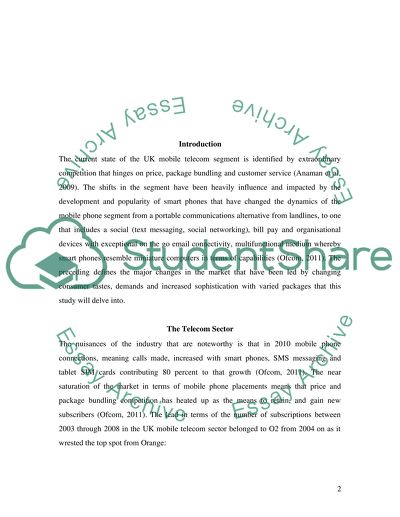Cite this document
(“UK Mobile Phone Segment Coursework Example | Topics and Well Written Essays - 4750 words”, n.d.)
Retrieved from https://studentshare.org/macro-microeconomics/1394656-uk-mobile-phone-segment
Retrieved from https://studentshare.org/macro-microeconomics/1394656-uk-mobile-phone-segment
(UK Mobile Phone Segment Coursework Example | Topics and Well Written Essays - 4750 Words)
https://studentshare.org/macro-microeconomics/1394656-uk-mobile-phone-segment.
https://studentshare.org/macro-microeconomics/1394656-uk-mobile-phone-segment.
“UK Mobile Phone Segment Coursework Example | Topics and Well Written Essays - 4750 Words”, n.d. https://studentshare.org/macro-microeconomics/1394656-uk-mobile-phone-segment.


